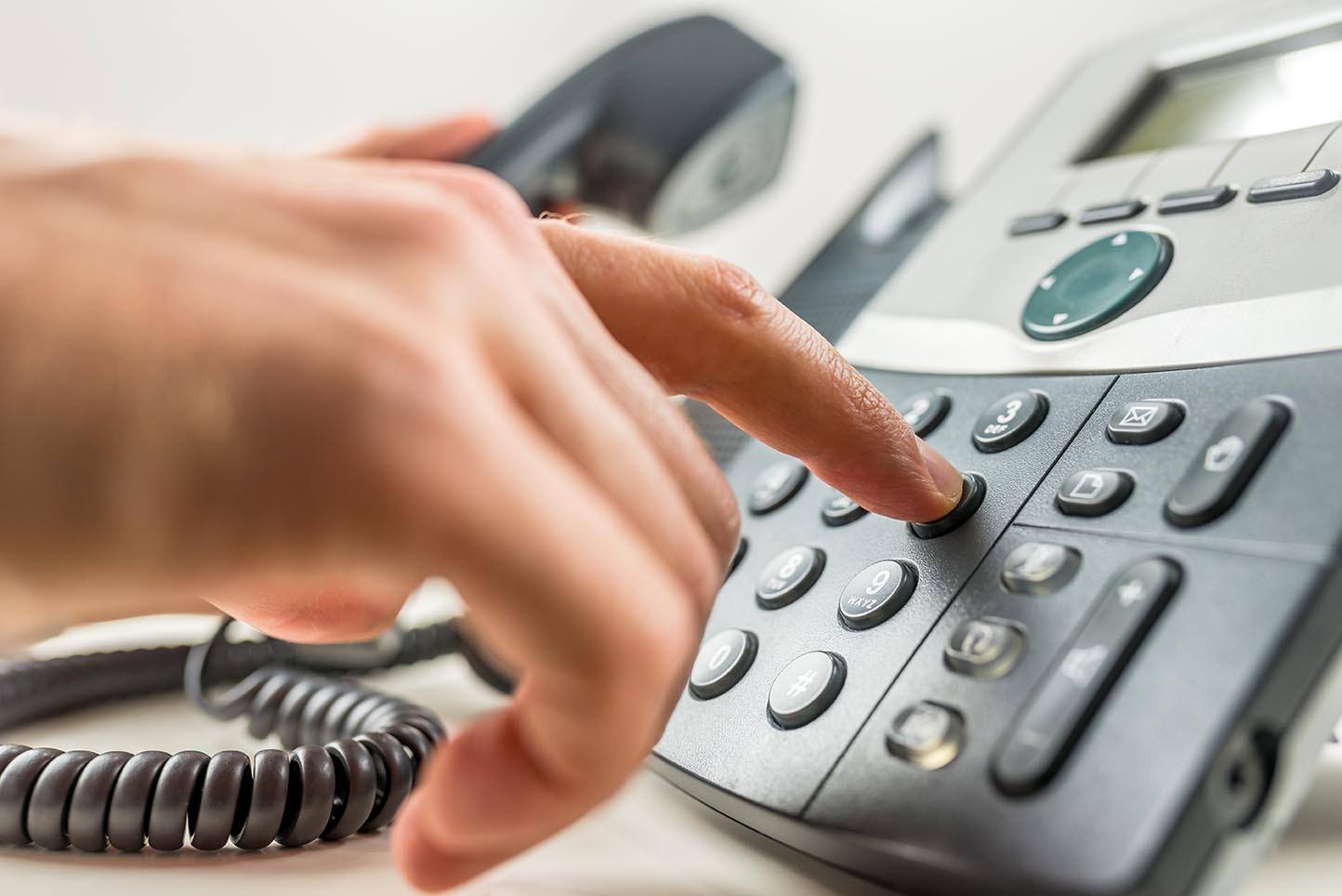Election Wrap-up: How Call Center Technology Yielded Power to the Presidency
This election cycle may have been very different indeed, but one thing remained the same through all the divisive rhetoric and unease: call center technology continued to play a crucial role. Call center software stands as an integral component of the voting process. Prior to the national election, volunteers, political organizations, and other entities call U.S. residents with questions. The voting period typically switches the equation, with registered and non-registered voters seeking out information over the phone and online.
During and after the polls close, the call center sees action again. People who tally the votes — one of many safeguards put in place to prevent voter fraud — recite the results to state officials. In some locations, a “stringer” dictates votes to their contact at the Associated Press (AP).
Essentially, in modern day America, new U.S. presidents would never cross the threshold of the White House without the aid of modern call center technology. It enables their victories by empowering people with knowledge and action steps from the beginning to the end of the electoral season.
Before the Election
In the years leading up to the election, presidential candidates desire to know the pulse of the American people. Several methods see use but favored ones include surveys, polls, and Get-Out-the-Vote calls.
TCN’s call center software aids all three endeavors. During the past election cycle, it powered over 140 million calls and surveys. This election cycle — total voting numbers are still out — the software could facilitate 200 million calls and surveys. Numerous organizations on both sides of the political aisle rely on TCN’s call center platform, including NextGen Climate and MoveOn. The technology also ensures compliance, keeping presidential candidates and their political firms within federal guidelines.
During the Election
The months and weeks before November 8 saw an influx of calls and Internet pings. People want to know if they can vote and, if so, where. Managing such a large number demands call center technology. No call center could possibly field all the questions, even with a FAQ created per state.
TCN’s interactive voice response (IVR) system helps bear the load. It ensures people speak with the correct volunteer by navigating them through a logic-based system. When they speak with that volunteer, the person is prepared to answer the question. And, if further assistance is required, volunteers can easily reach out to their caption with a plea for help via the intuitive call center dashboard.
After the Election
The election process actually takes several days. Once votes are submitted, they have to be counted and counted again. Many organizations and firms also want to know why an election turned out as it did.
Call center software again comes to the rescue. It helps with the counting process. More to the point, TCN’s solution can even monitor the data for inaccuracies as the officials record the results by hand and voice.
The latter desire becomes important when trying to ascertain reasons for low or high voter turnout. This election cycle saw mixed and surprising results. Some people already predict that the 2016 election will be one studied far into the future.
TCN’s software can facilitate much of the work by fulfilling call center trends and requirements such as on-demand dashboards and real-time reporting. With it, political firms and organizations can not only examine past and current results but also impact future ones.
Would you like to learn more about TCN’s call center software and compliance capabilities? Check out our infographic.
